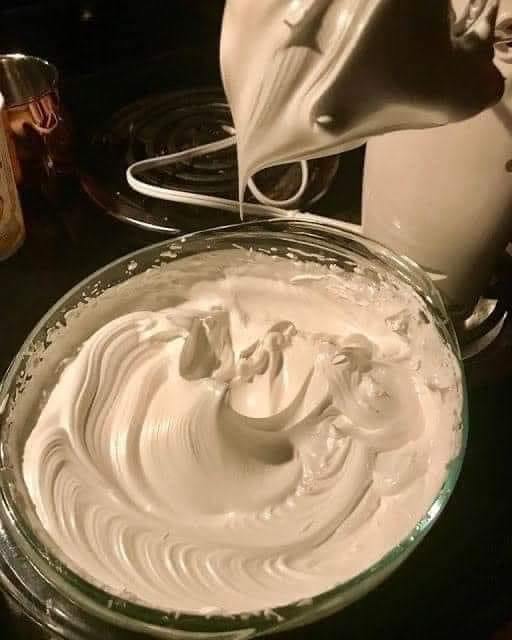ADVERTISEMENT
1 cup (2 sticks) unsalted butter, softened
4 cups powdered sugar
1/4 cup heavy cream (or milk)
1 teaspoon vanilla extract
A pinch of salt (optional)
Instructions:
For Complete Cooking STEPS Please Head On Over To Next Page Or Open button (>) and don’t forget to SHARE with your Facebook friends
Beat the Butter: In a large mixing bowl, beat the softened butter with an electric mixer on medium speed until it’s creamy and light in color (about 2-3 minutes).
Add Sugar: Gradually add the powdered sugar, about a cup at a time, mixing on low speed to avoid a sugar cloud. Once combined, increase the speed to medium and beat until fluffy.
Add Cream and Flavor: Pour in the heavy cream (or milk), vanilla extract, and salt (if using). Beat on medium-high speed for another 2-3 minutes until the buttercream is light and fluffy. Adjust the consistency with more powdered sugar (for thickness) or more cream (for a thinner consistency) as needed.
Frost Your Cakes/Cupcakes: Use immediately or store in an airtight container in the fridge for up to a week. Before using, let it come to room temperature and re-beat to restore its fluffiness.
Tips:
For flavored buttercream, you can add cocoa powder for chocolate buttercream or other extracts like almond or lemon.
You can also tint the buttercream with food coloring for a fun touch!
Enjoy your baking
ADVERTISEMENT
